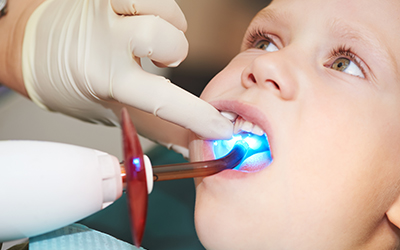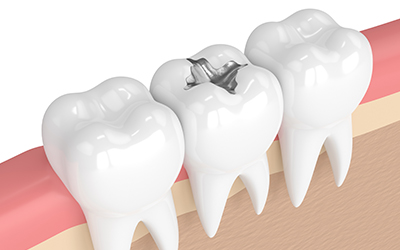Posted on Nov 27, 2019
Information About Dental Bonding
A+ A- A Main Content
Dental bonding is a restorative dental procedure. Composite resin is cemented to the surface of a tooth in order to restore functionality or improve the appearance of the tooth. The resin is applied to the affected tooth and hardened with a special light. Once hardened, the resin is filed to the right size and shape and is able to protect the tooth from further damage.
Facts About Dental Bonding
Below are a few things you should know about dental bonding before the procedure:
- No anesthesia necessary – Dental bonding is non-invasive and requires no anesthesia.
- Covered by insurance – Since bonding is less expensive than other restorative techniques, it’s almost also always covered by insurance.
- Used for many things – Bonding is commonly used to repair chips, cracks, decay, or discoloration, but it can also fill in tooth gaps, elongate teeth, or other cosmetic uses.
- Used mainly for mild cases – If dental decay or cracks are caught early, dental bonding is a good option. But severe damage or decay will likely require a dental crown.
- Vulnerable to staining – Bonding can be used to cover tooth stains, but itself is still vulnerable to staining. Bonding resin will stain like natural teeth.
- Limited durability – While dental crowns and veneers are able to last between 15-20 years, bonding only lasts around 2-10 years. This is due to the limited durability of the dental resin in comparison to porcelain crowns and veneers.
For more information about dental bonding or if you need to make an appointment for a dental cleaning or a checkup, please contact Meadows Family Dentistry today. Our general dental office is located here in beautiful Castle Rock, Colorado.
















 (303) 660-5576
(303) 660-5576 smile@meadowsfamilydentistry.com
smile@meadowsfamilydentistry.com 3740 Dacoro Lane, Suite #115
3740 Dacoro Lane, Suite #115